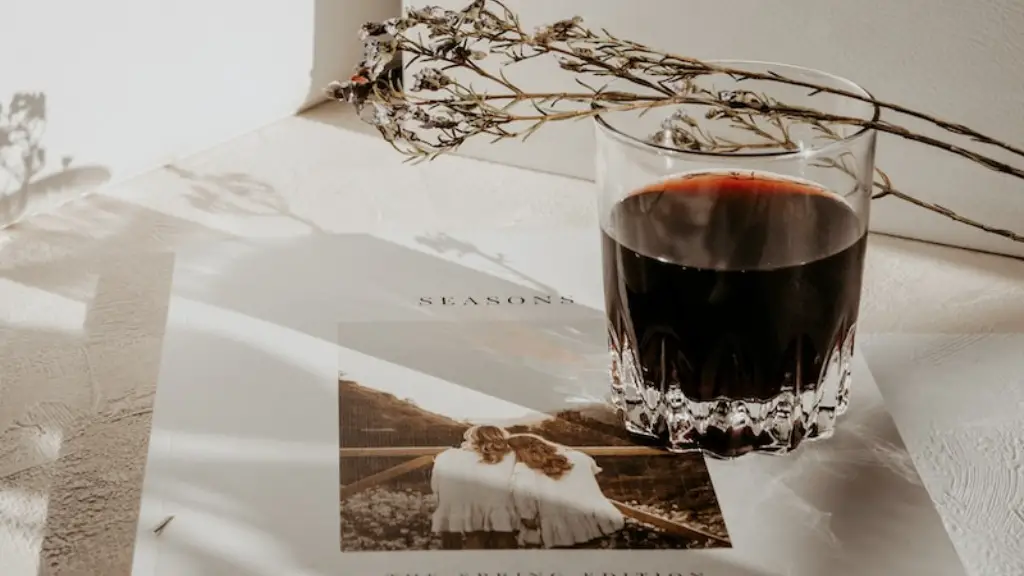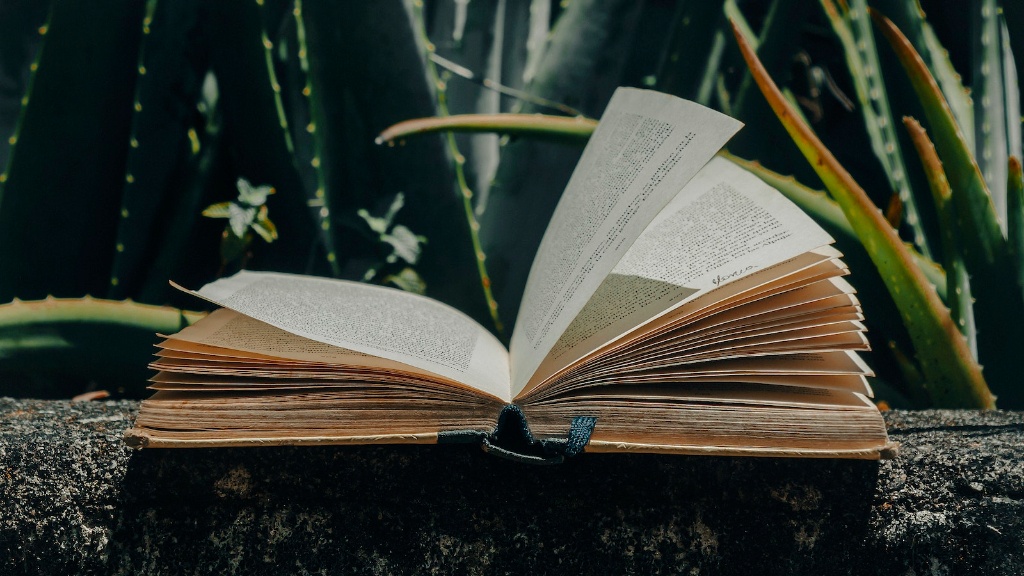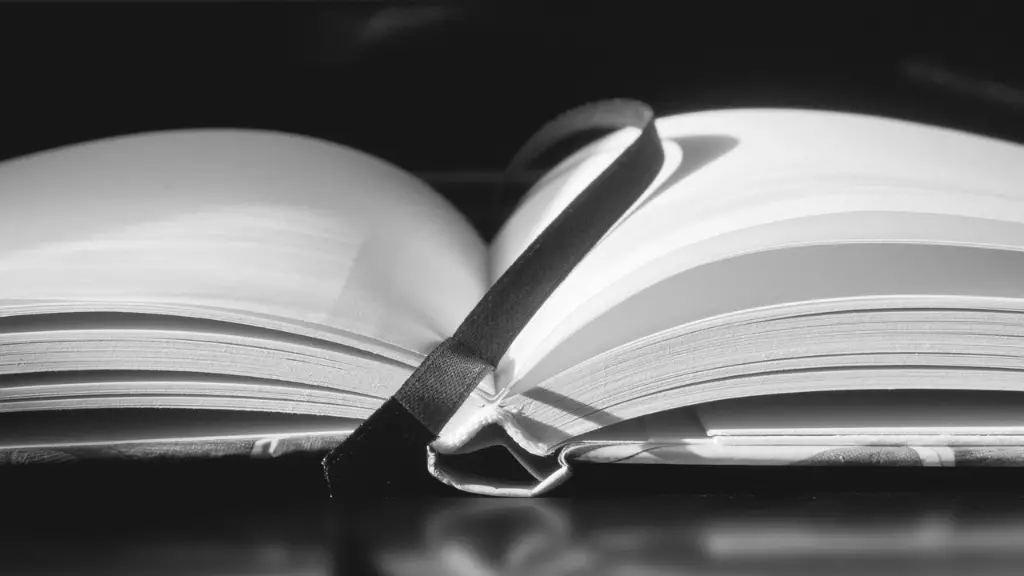Definition
Poetry is an expressive and creative form of literature that uses language to evoke emotions and paint vivid images. When you cite poetry in MLA format, you must first provide the author’s name, the title of the poem and the published text from which the poem is extracted. Additionally, you need to provide the page number and a brief parenthetical citation. To create a successful in-text citation for poetry, you must understand how to format the information and use the correct punctuation.
Basic Formatting
When you cite a line of poetry, you should include the poem’s author name and the line number within the text of the sentence or after the quote in parentheses. When citing multiple lines, separate the line numbers with a comma. For example, “Lee writes that ‘happiness is the thing that lasts longest’ (Line 5-6).” If you cite multiple stanzas, separate the stanza numbers with a comma. When using a quote from a single line, include the line number. For example, “He states, ‘I will not be moved’ (Line 6).”
Punctuation and Capitalization
Since poetry is defined by line, line numbers should be included when citing poetry. Periods and commas should come at the end of the in-text citation before the quotation marks. Capitalize the first word in each line rather than the traditional poetic capitalization. For example, “The poet titles the poem ‘Autumn Afternoon’ (Line 1) and presents an image of bleakness and emptiness.”
In-Text Citation
When the source text contains a hard-to-understand word or term, you should provide the speaker’s interpretation of the word or phrase within the sentence’s text. For example, “In the line ‘they send us all love in a song,’ the ‘they’ refers to a universal spirit (Line 12).” Take care to avoid altering the original text in any way, as this may cause confusion for the reader.
Works Cited Page
When creating the works cited page for an MLA-formatted piece, a writer is required to provide the following information based on the type of source: author, poem title, poem’s editor, year of publication, city of publication and publisher.
When citing a poem, the format must be re-arranged depending on the source in which it was retrieved. For example, if citing a poem from a published anthology, list the author, the title of the poem, the publication date, and the incial page where the poem appears. If citing a poem from a website, list the author, title, the editor of the website, date of publication, date the website was accessed and the URL.
Below is a template to help you organize this information when creating your works cited page:
Author. Title of the Poem. Edited by Editor’s Name, Year of Publication/ Date of Access, Folder Name/URL.
Example
This is an example of how to cite a poem found in an anthology in an MLA-formated works cited page:
Dickinson, Emily. “Hope is the thing with feathers.” The Poetry of Emily Dickinson, edited by R. W. Franklin, Belknap Press, 1999, pp. 254-255.
Evaluation of Citing Poetry in MLA Format
Citing poetry in MLA format can be difficult as there is less directive guidance to follow compared to other sources such as books and journal articles. Therefore, writers must be very careful to ensure they adhere to the correct in-text citation format. Failing to do so could lead to inaccurate referencing, which could ultimately damage the credibility of their work.
Significance of Correctly Citing Poetry
When citing a poem in MLA format, it is important to adhere to the correct formatting and punctuation to ensure that the work is accurately referenced. This can be seen as an important representation of respect for the original work as well as good academic practice. Failing to provide an accurate and detailed in-text citation could be deemed as plagiarism, which is heavily frowned upon by publishers and universities.
Advice for Writing and Citing Poetry
When writing about and citing poetry in an academic context, it is advised to use clear and precise language which will encourage the reader to engage with the content. Additionally, it is recommended to read the poem multiple times to gain an understanding of the themes, elements and imagery presented. It is important to be aware of the potential biases and underlying meanings the poem may possess before you begin to analyse the content and source references.
Conclusion
In conclusion, when citing poetry it is essential to follow the MLA formatting guidelines to ensure that the work is accurate and suitable for academic use. This involves providing the author’s name, title of the poem and the published text from which the poem is extracted, as well as details of the parenthetical citation and punctuation. Additionally, it is advisable to use clear and precise language which will ensure that readers engage with the content.


